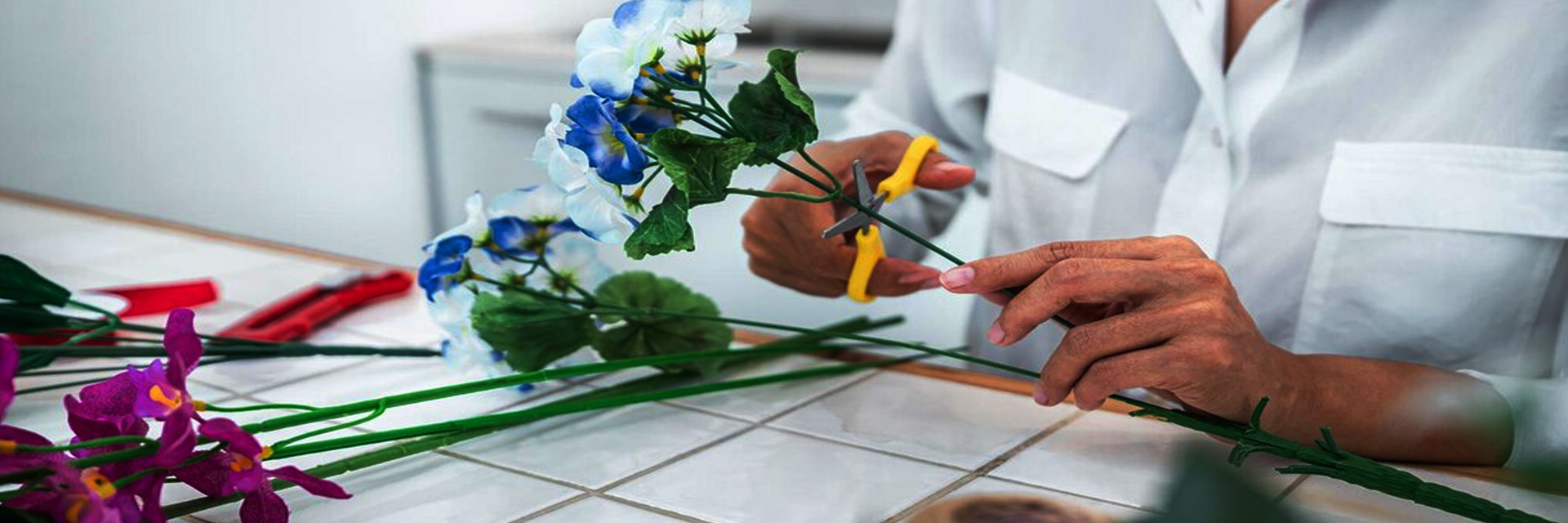Welcome to Flowergist, your trusted marketplace for all things floral! Today, we’re diving headfirst into the mesmerizing realm of Dahlias. These vibrant and diverse blooms are a favorite among florists, gardeners, and flower enthusiasts worldwide. Join us as we explore the magic behind this flower, their fascinating history, cultivation tips, and why they’re a must-have addition to your garden or floral arrangements.
The Origin of Dahlias
Dahlias, scientifically known as Dahlia, are native to Mexico and were first discovered by Spanish botanists in the 17th century. Named after the Swedish botanist Anders Dahl, Dahlias were initially cultivated for their tubers, which were a significant source of food for the indigenous people. However, their stunning flowers soon caught the attention of botanists and horticulturists, leading to the development of the beautiful varieties we know today.
Diversity in Dahlias
One of the most enchanting aspects of Dahlias is their incredible diversity. These flowers come in a wide array of colors, shapes, and sizes. From the petite and charming Pompon Dahlias to the dinner-plate-sized Decorative Dahlias, there’s a Dahlia variety for every taste and occasion.
Some popular Dahlia types include:
Ball: These have perfectly spherical blooms that resemble small, tight pom-poms.
Cactus: Known for their spiky, rolled petals, they add a unique texture to arrangements.
Waterlily: With their soft, open petals, they resemble water lilies and have a serene, calming presence.
Anemone: These feature a central disc surrounded by a single row of flat petals, creating a captivating “anemone-like” appearance.
Growing Dahlias
If you’re considering adding Dahlias to your garden, here are some essential tips to help you get started:
Choosing the Right Location: This flower thrives in full sun, so choose a spot in your garden that receives at least 6 hours of sunlight per day.
Well-Drained Soil: Ensure your soil is well-drained, as Dahlias don’t like sitting in waterlogged soil. Adding organic matter like compost can improve soil quality.
Planting Depth: Plant Dahlia tubers about 4-6 inches deep, and space them at least 18 inches apart to allow for adequate air circulation.
Support Stakes: Taller Dahlia varieties may require support stakes to prevent them from bending or breaking.
Regular Watering: Keep the soil consistently moist but not waterlogged. Water deeply once a week, especially during dry spells.
Deadheading: Remove spent blooms to encourage continuous flowering throughout the season.
Dahlias in Floral Arrangements
Dahlias are a florist’s dream come true. Their dazzling colors and varied shapes make them a versatile choice for bouquets and arrangements. Here are some creative ways to use Dahlias in floral design:
Bridal Bouquets: Add a pop of color and texture to bridal bouquets, creating a romantic and unforgettable look.
Centerpieces: Whether it’s a rustic mason jar arrangement or an elegant vase centerpiece, it steal the show with its beauty.
Mixed Arrangements: Pair Dahlias with other garden favorites like roses, sunflowers, and zinnias for stunning mixed bouquets.
Dried Flower Crafts: Dahlias also dry beautifully, making them a fantastic choice for dried floral crafts and arrangements.
Dahlias are a true gem in the world of flowers, offering beauty, diversity, and charm. Whether you’re a gardener looking to brighten up your outdoor space or a florist in search of the perfect bloom for your next creation, Dahlias have something special to offer.
Explore the wide range of Dahlia varieties available from our trusted growers and start your Dahlia journey today. Embrace the enchantment of Dahlias and let their colors and shapes bring joy to your life and those around you.









